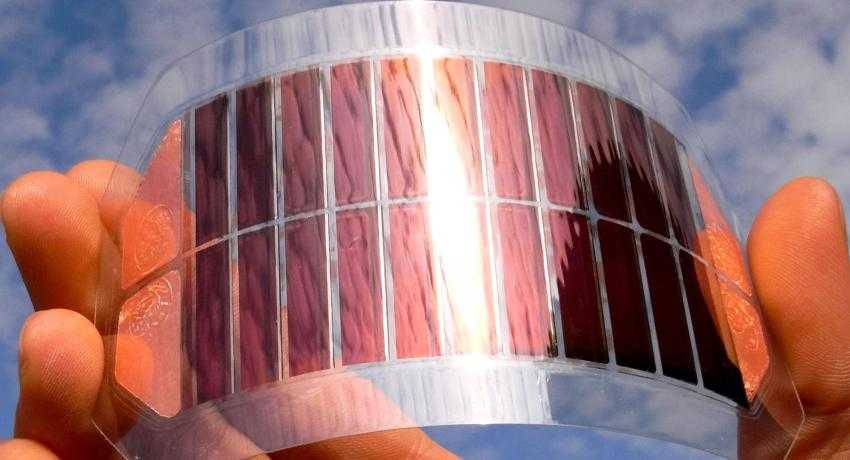Organic Photovoltaic Solar Energy: A Rapidly Emerging Technology
Scientists are constantly trying to find ways to make solar as accessible and effective as possible. The latest research and development in the solar energy industry is taking place around the use of organic solar cells to construct thin, flexible solar power options.
Technology in organic energy involves capturing sunlight and converting it into power, using a thin-film panel. These panels have several applications including phones, computer chargers, trucks, windows, etc.
Organic Energy vs. Solar Power
What sets organic energy apart from solar power is its ability to create power from any kind of light and not being dependent just on the sun. Essentially what it means is that organic energy can continue to be a power source if there is natural light in any form.
With organic energy, any form of light is good enough to produce power, whether it is indoor, low, or diffused. Unlike solar power, organic energy is not dependent on direct sunlight.
OPVs at the Heart of Organic Energy
Organic energy is not an entirely new concept. At the heart of the technology is the Organic Photovoltaic (OPV) film. OPV is a transparent, organic, lightweight film that is recyclable. The technology has been in use by companies like View Inc., mainly in smart windows to reduce heat and glare in buildings.
While earlier they were mostly used for heat gain, now the OPVs are also generating power. The launch of GO-OPV's ORENgE system has provided the impetus to organic energy in North America.
Paul Frischer, the President of GO-OPV, an organic energy company, asserts it is a revolutionary concept in producing power. Organic energy can ostensibly create power from light in any way and in any angle. And the film can lend itself to myriad applications as it is completely flexible.
Manufacturing the OPV
GO-OPV outsources the manufacturing of the film to a manufacturer in Brazil. The facility at Belo Horizonte prints organic ink on plastic rolls, which are then shipped to the United States where they are used in specific applications for different customers.
It is also more environmentally friendly to produce the OPV as compared to solar panels. Traditional solar involves silicon and the highly industrial process of heating the silicon that leaves behind a big carbon footprint. Making OPV, on the other hand, is a clean room process that requires much less energy and leaves behind a zero-carbon footprint.
Applications of OPV at Present
GO-OPV has installed its systems on building windows, malls, and skylights in Brazil. Also, on a couple of buildings in New York and at their own office in Delray Beach, Florida.
In Hempstead, New York, the company applied OPV film on the windows to capture sunlight, using its ORENgE system to convert it into power. The system then transfers the electricity into the building using power over ethernet.
The system can be a power source or remains on the power grid as a battery back-up. The system produces direct DC power when the light source is available, and switches to battery back-up support with the office lights switched off.
Future Applications of Organic Energy
There is talk of installing panels to cover the entire top of a truck to act as a substitute battery supply in the tractor-trailer market. PepsiCo trucks in Brazil are already using the technology.




